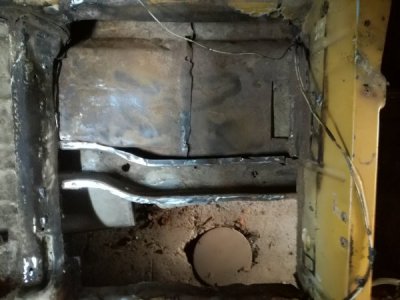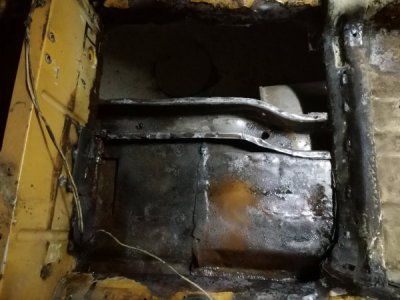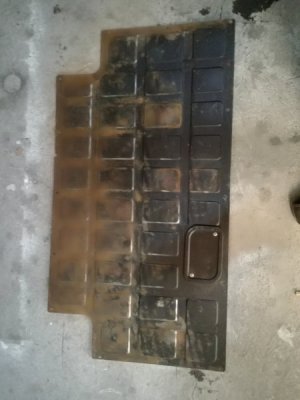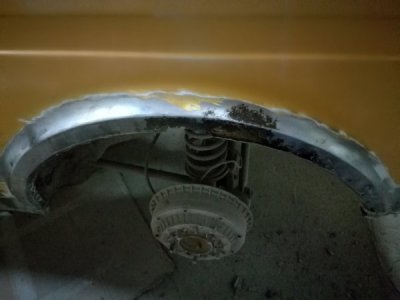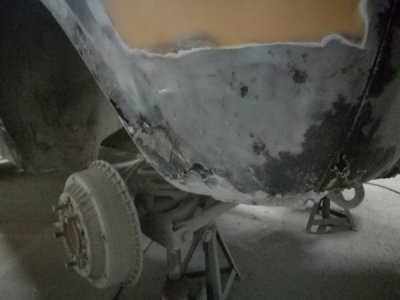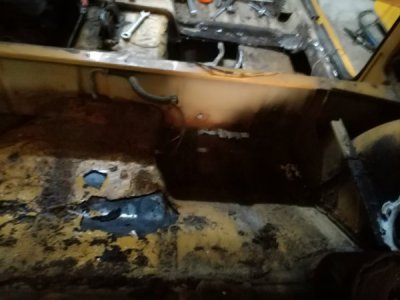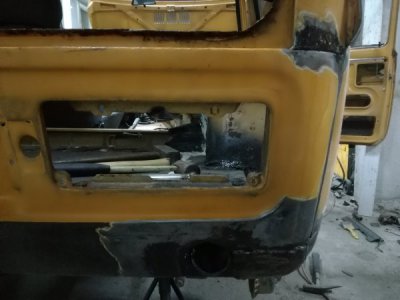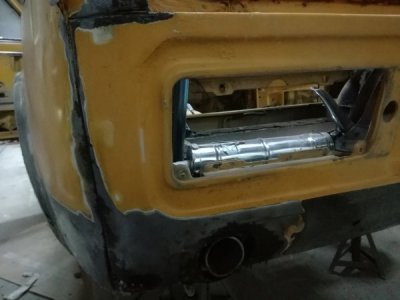- Joined
- Jul 14, 2017
- Messages
- 2,455
Today i spent some time assessing the health of the engine in the little 4x4, first i did a compression test and got really good numbers on cold and hot engine, all with in 0,5bar one from other, next i check the coolant system and the walter pump is leaking also some of the hoses are dryroted and the heater core is not connected, then i decided to try adjusting the timing chain, it is rattling like there is a bag of stones in the engine i follow the procedure, had to make a hand crank, to turn the engine over by hand and the chain is much more quiet, i still need to check the oil pressure when cold and warm. After dealing with the engine, i moved to the interior, managed to cut out the passenger seat, the previous owner had welded in some Ford seats directly to the floor pan and then i realized that the rear footwell isn't even welded in, some one put down some sheet metal and screw in with couple of self tappers and pop rivets, so i removed them and removed already rusted sheet metal and found this. One side is welded from underneath other just cut out, i'll be cutting some more out and making a new piece. It was a long day in the garage.
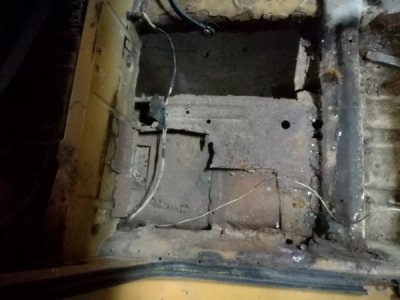


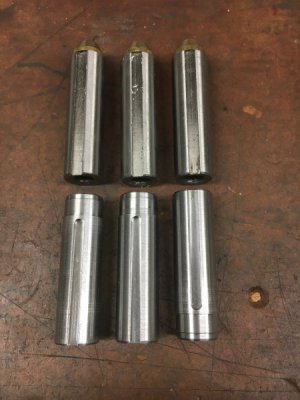
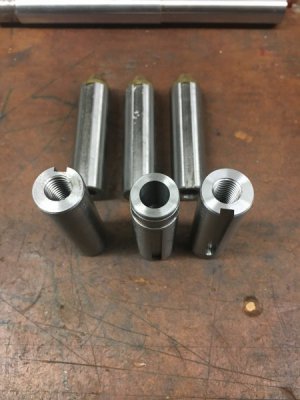
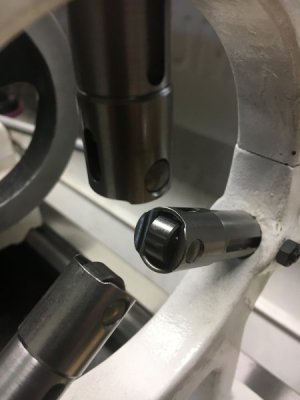
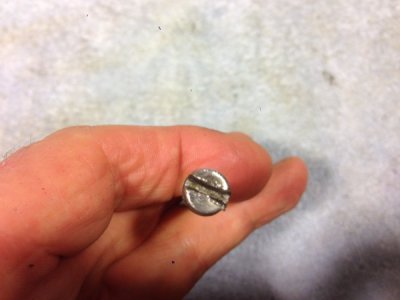
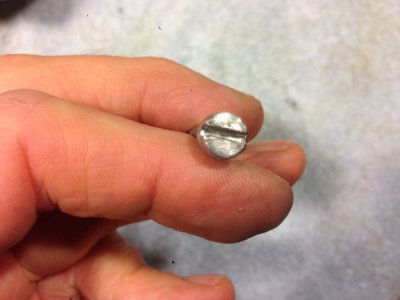
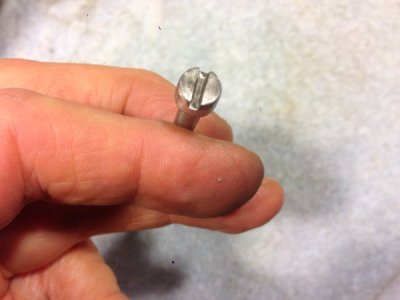
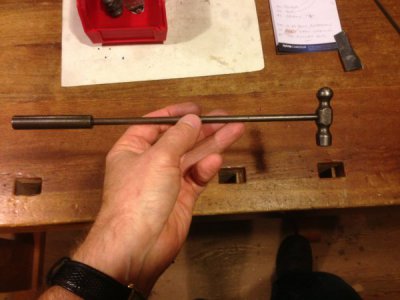
 Boy I feel dumb. I've been looking off and on for several months now, for some bearings to make the missing fingers for the rest that came with my SB 16". Yet the other side of the garage, I have 2 sets of used roller lifters from a dodge V8.
Boy I feel dumb. I've been looking off and on for several months now, for some bearings to make the missing fingers for the rest that came with my SB 16". Yet the other side of the garage, I have 2 sets of used roller lifters from a dodge V8.